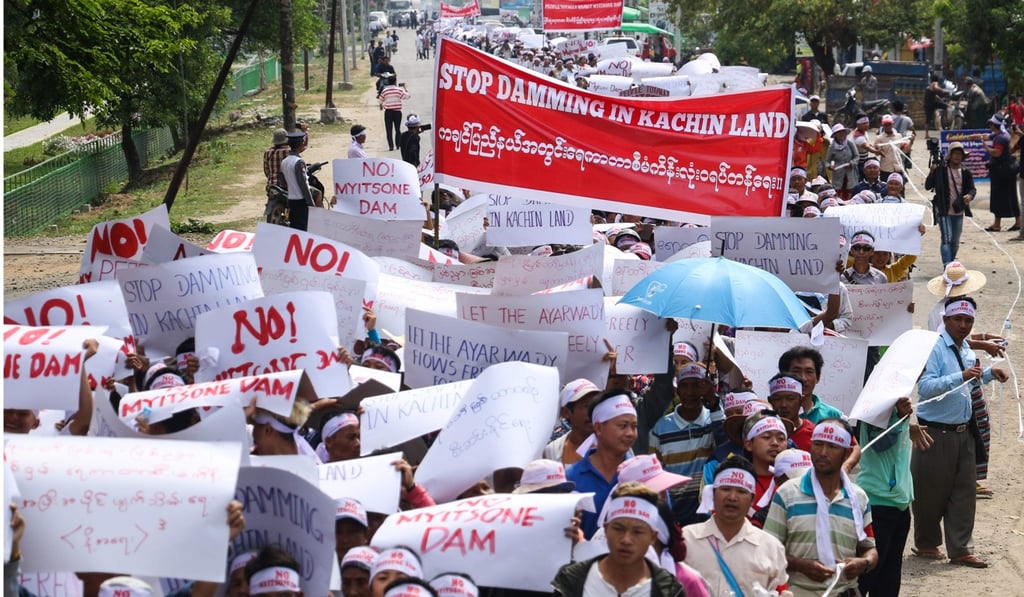Analysis | As Myanmar embraces China, can it reap the rewards?
- Myanmar pulled the plug on its controversial Beijing-backed Myitsone dam project in 2011 but has since opened the floodgates to cooperation on other large-scale infrastructure
- Now a major part of China’s Belt and Road Initiative, the task for officials is to win over a sceptical public, and make sure the benefits trickle down to all


In today’s Myanmar, the democratically elected National League for Democracy (NLD) government now seems to have moved to the fast-forward option in its economic interactions with China. A memorandum of understanding for the China-Myanmar Economic Corridor (CMEC) was signed in September 2018. A related agreement to develop a deep-sea port at Kyaukphyu in southern Rakhine State, together with a special economic zone (SEZ), was signed in November 2018. The 1,700km corridor would connect Kunming, the capital of China’s Yunnan province, to Myanmar’s major economic centres – Mandalay and then Yangon – and to the Kyaukphyu SEZ. It would link the least and most developed areas of the country.
The CMEC project raises a series of issues that some view as a greater threat than the Myitsone dam. While the Myanmar government is not noted for taking bold moves or making firm decisions on complex issues, the CMEC may represent an exception, not least because it is linked to the Belt and Road Initiative. How then should the country go forward as a relative newcomer to the belt and road experience, with the lessons available from other parts of the region and the globe?
FLOOD OF CONTROVERSY